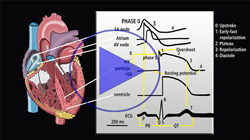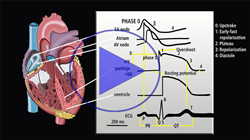Immobility and the supine position creates a physiologically dysfunctional environment. As a component of acute care physical therapy continuing education, understanding the physiological effects of positioning and immobility provides a pathway to developing appropriate care plans for acute care patients. Multiple studies have been published on the positive impact that positioning has had on outcomes during the COVID pandemic.

Acute Care Physical Therapy Continuing Education
The risk here is that once the alveoli stop filling with air, then they start filling with fluid. Immobility causes a deficiency in clearing the lungs because of the compression due to pressure.
FRANKLIN, Tenn. (PRWEB)
August 11, 2021
One of the biggest things that happen when a person is immobile for even 24 hours is compression atelectasis. To understand atelectasis, think of the lungs–think of them as a big air-filled sack–let’s also think of the fluids around the lungs. When a patient lays flat they have compression against the back, the lungs settle; and the ability to move the air in and out of those tiny little grape-like alveoli becomes very, very difficult. As a patient lays on their back in a supine position, the pressure coming down on those little sacks becomes so great that they stop filling with air. The risk here is that once the alveoli stop filling with air, then they start filling with fluid. Immobility causes a deficiency in clearing the lungs because of the compression due to pressure.
This exciting acute care continuing education course for occupational and physical therapists is included in healthclick online subscription which provides continuing education for occupational therapists and physical therapists. An annual subscription is $189 and provides all the required continuing education for Occupational therapists and physical therapists in the pre-approved states. More information can be found at healthclick physical therapy continuing education course subscription.
Share article on social media or email:

